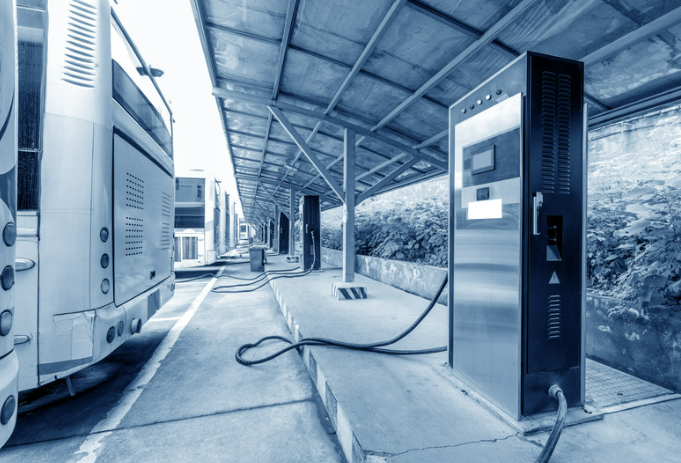Menu
Menu


Updated on Mar 1, 2024 | 6 min read
Level 2 and DC fast chargers represent significant engineering achievements, featuring complex systems comprised of various components. These components must operate independently and harmoniously to ensure the charging station functions effectively. As a result, several essential types of maintenance are required for electric vehicle charging stations.
Connect with 1C for expert advice on EV chargers
If you’re in charge of maintaining charging stations, having oversight of all devices and locations is important. Using a centralised charging station management system (CSMS) allows you to monitor your chargers remotely and address any issues promptly. While a CSMS can flag disconnected chargers and offer troubleshooting steps, resolving connectivity problems may require a physical inspection of the WiFi connection, ethernet cables, or hardware. Contacting the SIM provider can also be helpful in troubleshooting. It’s important to address connectivity issues promptly to ensure you get all critical monitoring and control functionalities.
The EV charger comprises various hardware components, including the charger box, battery, switches, converters, cables, and connectors. Prior to installation, thorough hardware testing is conducted to ensure compatibility and fault tolerance with the software.
Following deployment, regular inspections of the outer components are crucial to detect any signs of physical damage or wear, particularly after adverse weather conditions. It’s important to clean connectors and cables regularly to maintain optimal performance and longevity.
Ensuring the security of the charger’s physical location is paramount. Due to the risk of theft, well-lit areas equipped with security cameras are essential for safeguarding EV charging stations.
Connect with 1C for expert advice on EV chargers
Load balancing maintenance involves ensuring the efficient distribution of electrical loads across the chargers within an EV charging station. This process is vital to prevent overloading and ensure optimal charging performance.
Your Charging Station Management System plays an important role in load-balancing maintenance by monitoring and allocating loads to each charger. It helps detect any irregularities in charging times, which could indicate issues such as low voltage or battery malfunctions. By promptly addressing these issues, you can prevent prolonged downtime and ensure uninterrupted charging services for EV drivers.
Regular inspection of the charging infrastructure is essential to identify any signs of wear or damage that could affect load balancing. This includes checking connectors, cables, and other hardware components for wear and tear, as well as ensuring that charging stations are securely positioned to prevent disruptions caused by external factors.
Power management maintenance focuses on improving the allocation and usage of electrical power resources within an EV charging infrastructure. It involves monitoring power loads, implementing load balancing rules, and safeguarding against potential faults or failures.
Your CSMS enables effective power management maintenance by providing real-time monitoring of power allocations and load-balancing activities. It allows you to adjust charging priorities and improve resource usage to ensure efficient operation of the charging station.
Regular maintenance of power management systems is essential to prevent issues such as overloading of electrical breakers or voltage fluctuations, which could disrupt charging services. This includes conducting routine inspections, testing system components, and implementing preventive measures to reduce the risk of downtime.
By prioritising load balancing and power management maintenance, you can enhance your EV charging station’s reliability, efficiency, and safety, providing a seamless charging experience for EV owners while reducing disruptions and downtime.
The payment processing infrastructure of your EV charging station comprises physical card readers, scanners, and the point-of-sale user interface and processing system. Your Charging Station Management System ensures accurate charging fees and seamless driver payment processing.
Also, the CSMS helps monitor user access and usage patterns, particularly in cases where charging rates vary based on membership status or business affiliations. You can effectively manage billing and access privileges through the CSMS by tracking EV driver activity.
Proper maintenance of EV charging stations is essential to ensure their efficient and reliable operation. From connectivity and hardware checks to load balancing and power management, each aspect requires careful attention to prevent issues and reduce downtime. By using a Charging Station Management System and implementing routine maintenance protocols, charging station operators can provide a seamless charging experience for EV owners while increasing system performance and longevity. Also, monitoring payment processing ensures accurate billing and user access management, contributing to overall customer satisfaction and operational efficiency.
© 2024 Massive Mobility Private Limited. All rights Reserved